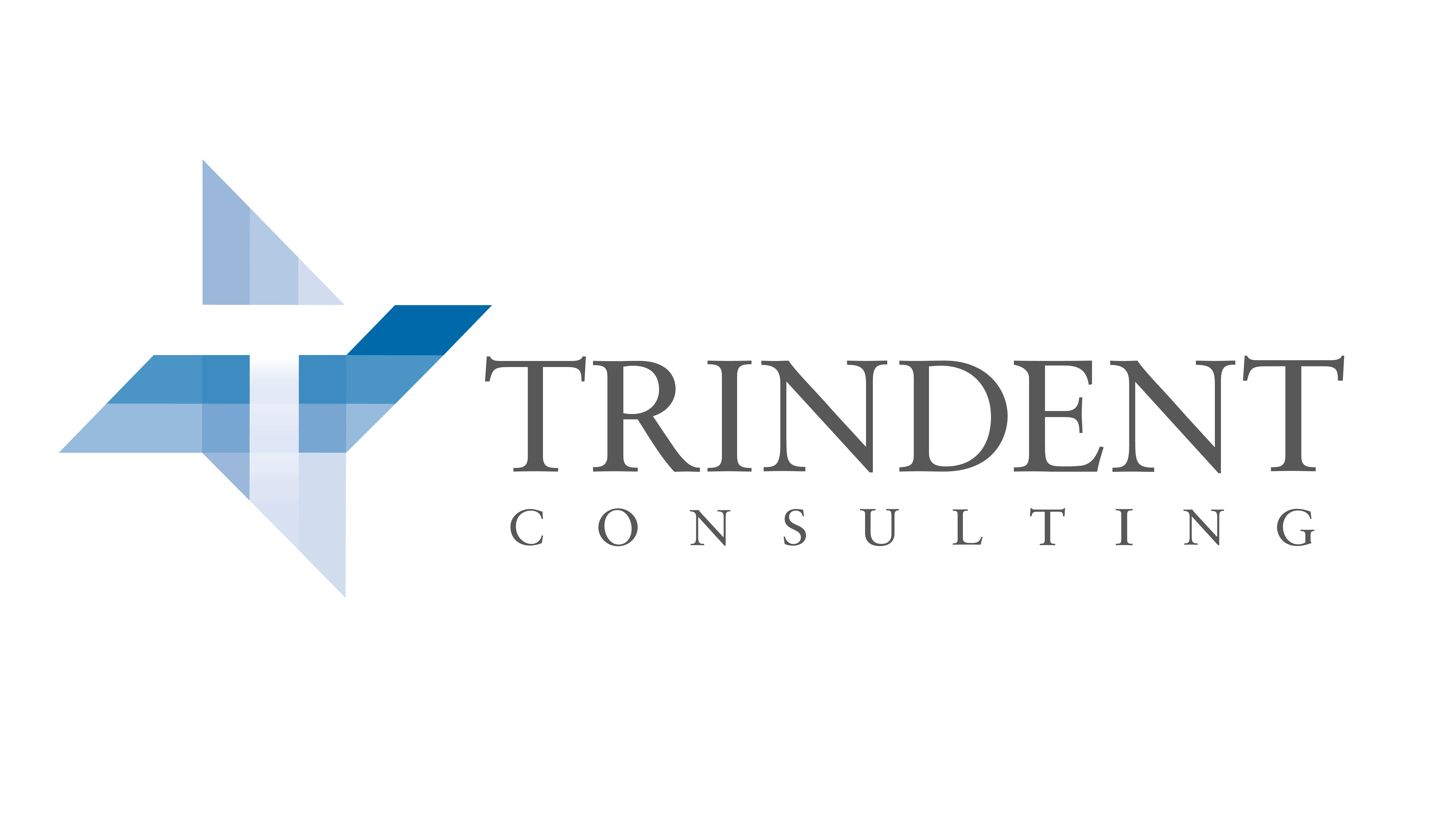Schedule adherence is a call centers metric that tracks how well an agent follows a set schedule. The formula to get this key performance indicator (KPI) is to calculate “the amount of time an agent worked… [divided by] the time they were scheduled to work. This includes call time, after call wrap, and scheduled activities like meetings and training.”
In a call center, setting a schedule and not having staff adhere to it is like making a to-do list and then not following it. There is value in every activity on the list, but if we don’t follow it, we are wasting that value and our time.
There are a number of benefits to having a high rate of schedule adherence, including reducing shrinkage (time for which your agents are paid but cannot be on calls) and staying within service levels. Inversely, low schedule adherence has a cascading effect starting with an increase in average speed to answer, which impacts the customer experience with long wait times, and leads to an increase in persistent high occupancy rate for agents (little or no time between calls), which could result in staff burnout and turnover.
What’s Causing Low Schedule Adherence?
The first step to increasing schedule adherence is to figure out why it’s low in the first place. There are any number of reasons why agents may have low schedule adherence, and while process or system failures can certainly be the cause, the best place to start looking is at the behaviour of call center agents.
With proper observation, it’s easy to find out if your agents are:
- Arriving late for work or leaving before the end of their shift;
- Actively avoiding calls by showing an incorrect status setting;
- Taking longer breaks than they are allotted; or
- Spending too much time on personal activities while not on break;
What Can You Do?
“If you can’t measure it, you can’t improve it” – Peter Drucker.
The most effective solution starts with measurement.
Most financial industry call centers are already equipped with services and platforms that can provide a wealth of data if they’re configured and utilized properly. The first step to improving your call center’s schedule adherence is to monitor what current adherence rates are in order to get a baseline for how the organization is performing.
Once the data is translated into relevant and consumable information, it should be made available to agents so they can baseline themselves and keep track of where they rank. Next, targets for schedule adherence should be set or refreshed; and managers should be given continuously updated information about their team’s performance so they can apply a targeted approach to coaching staff who need improvement.
When working with financial services clients, Trindent has found that pairing a robust KPI dashboard to measure and track performance with active management to keep staff performance on track is the best way to tackle low schedule adherence.
Click here to learn more about how we can help your organization develop the right systems to get the right information to the right people and make your call center operations efficient.

